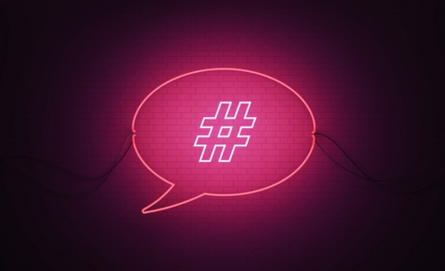
With women still being portrayed as one-dimensional and constantly being hypersexualised, we wonder whose fault it is and whether we’re just feeding the illusion.
The constant misrepresentation of women in the media hasn’t stopped and it’s empirical we know what is underpinning this distortion of women’s images and where it is most prevalent.
More often than not, women’s images are oversimplified in the media with their worth being equated to their cooking skills, being passive and their hyper- sexualisation. Anything that boosts a man’s dominance whilst simultaneously making women seem more submissive and incapable is promoted within film, music and social media.
This crafts gender perceptions that people feel the need to live up to, whilst also perpetuating gender stereotypes in children from a young age, from the TV shows they watch and even the books they read. Currently, only 24% of people working in radio, TV and newspapers are women - perhaps if we had more media made by women, then we would start to see a more broader and accurate representation of them.
Something that has been a prevalent issue in the last decade are songs that promote rape culture: Blurred Lines by Robin Thicke, most recognised by the lines “Good girl […] I know you want it”, is a song that romanticises sexual assault and telling women what they need rather than giving them a choice. Similarly, Blame It (On The Alcohol) by Jamie Foxx “I’m going to make you do what you’ve already said you’re not going to do” encourages non-consensual relationships and reinforces women’s lack of choice. The music and culture we surround ourselves with heavily influences our ideologies and perceptions; this can be very dangerous when songs about rape is what some find entertaining. But we have to ask ourselves why do we entertain and divulge in this kind of music when we are only promoting these sickening attitudes ourselves.
San Diego State University (the centre for the study of women in television and film) uncovered that only 37% of films in 2022 had female speaking roles, many of which included stereotypical femme fatale characters, evil stepsisters and ‘crazy’ ex-girlfriends. These one-dimensional character types create the illusion that women are driven in pursuit of one thing-love. They often serve to hinder the male protagonist and drive their emotions rather than having their own thoughts and journey within the film. There has been some advancement in women roles in film over the past decades that has seen a move away from the stereotypical ‘housewife’ and ‘dumb blonde’ roles to women with slightly more acumen and agenda within their storylines. However, there is still an empirical need for them to seek a love interest to save them from peril, sustaining the traditional ‘damsel in distress’ archetype.
The absence of women in higher roles within the media and performance secretary is one reason why we are still failing to see them accurately represented. SDSU also reported that in 2023, women accounted for only 22% of all directors, writers, producers, executive producers, editors, and cinematographers that worked on the top 250 grossing films. If women continue to be ostracised from the industry, then we won’t see the results we need on our TV. We need to get women in to see them show up and show out.

